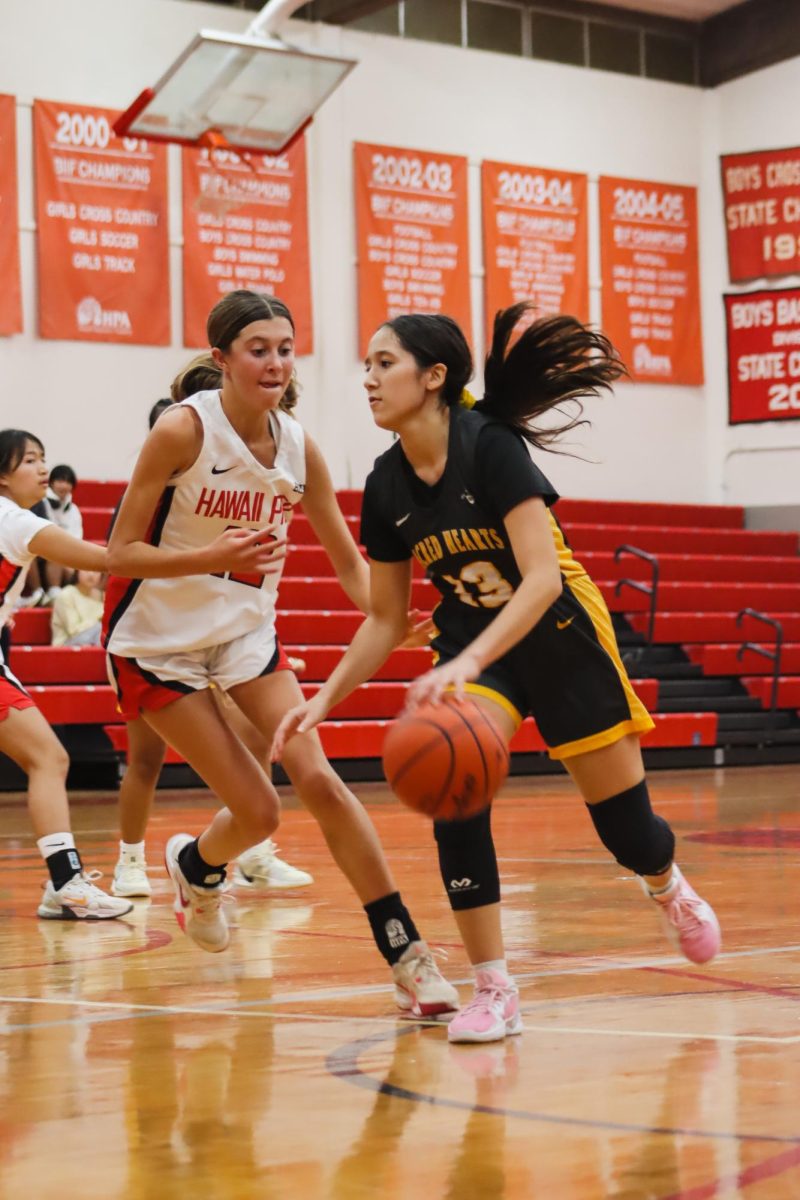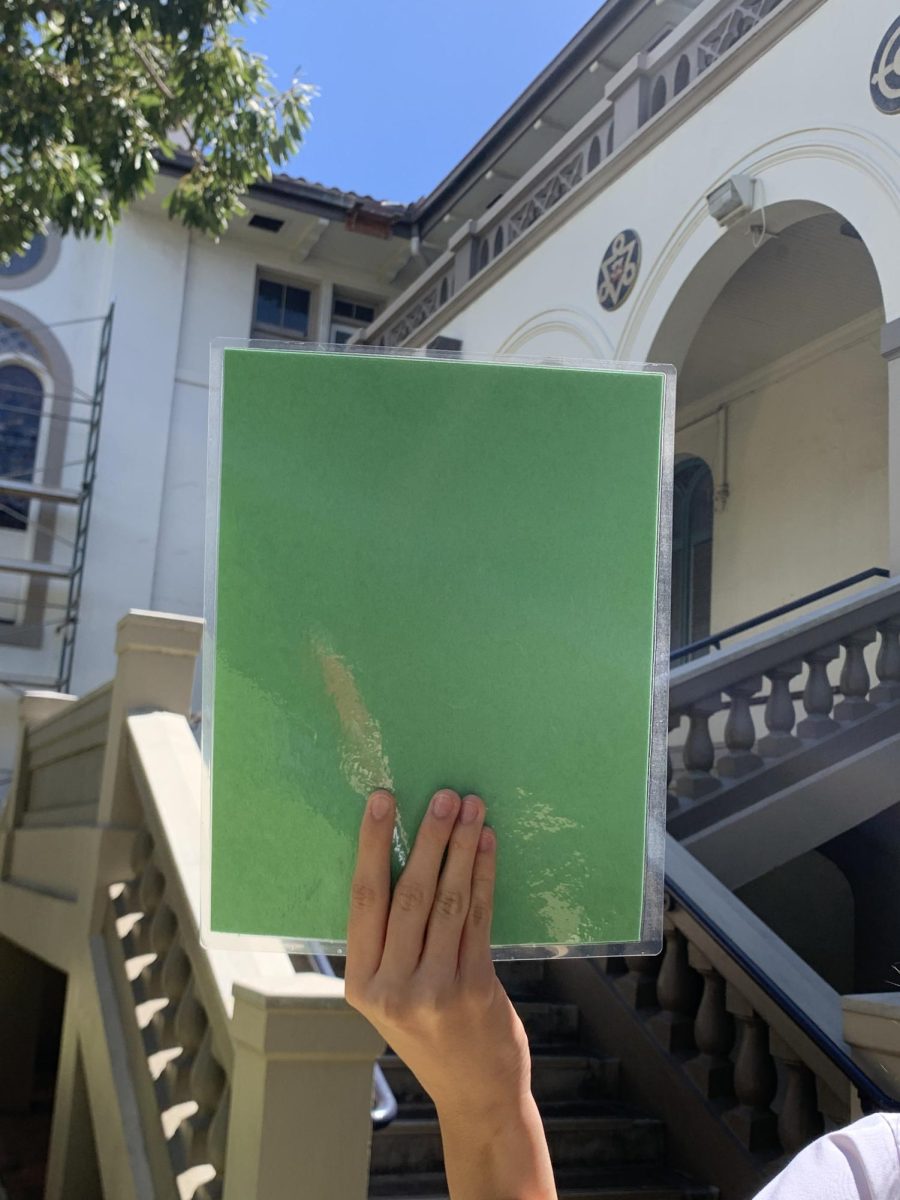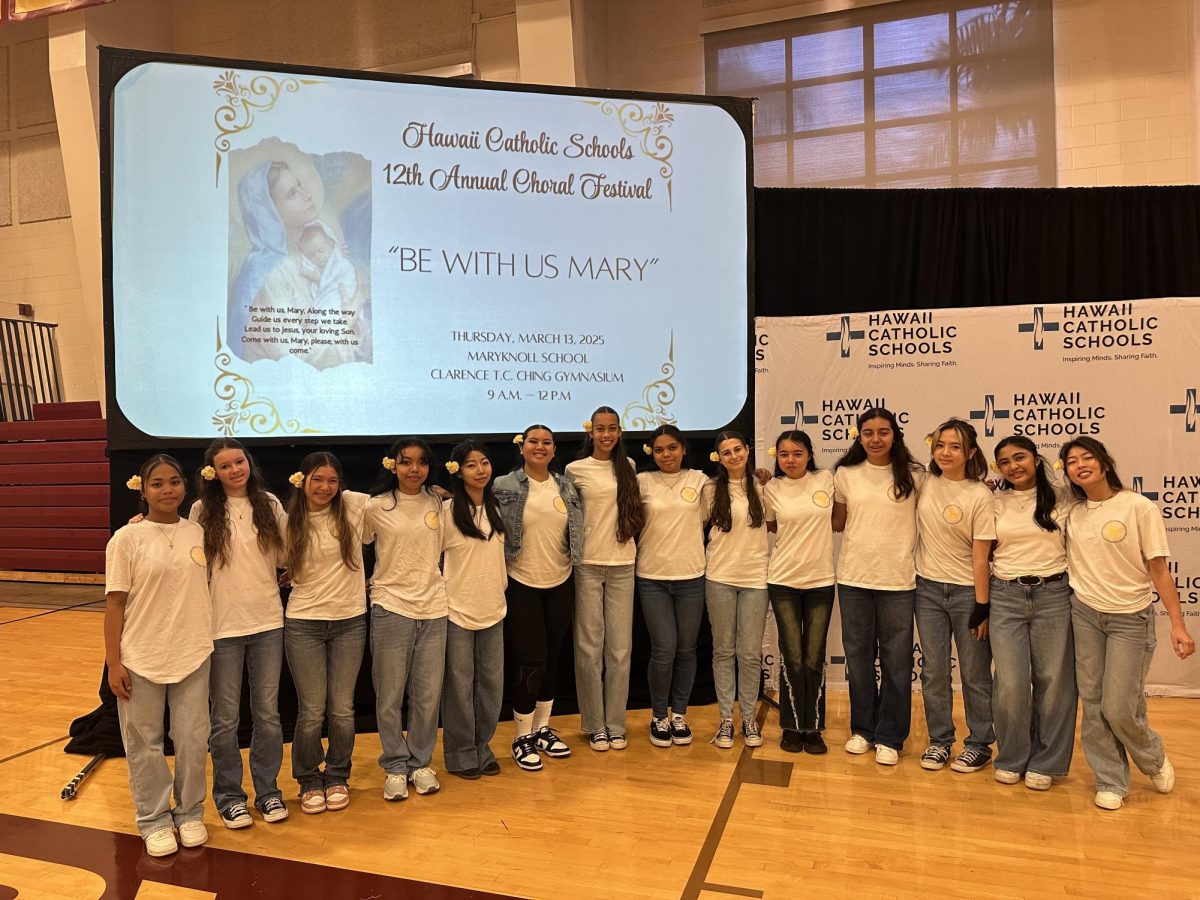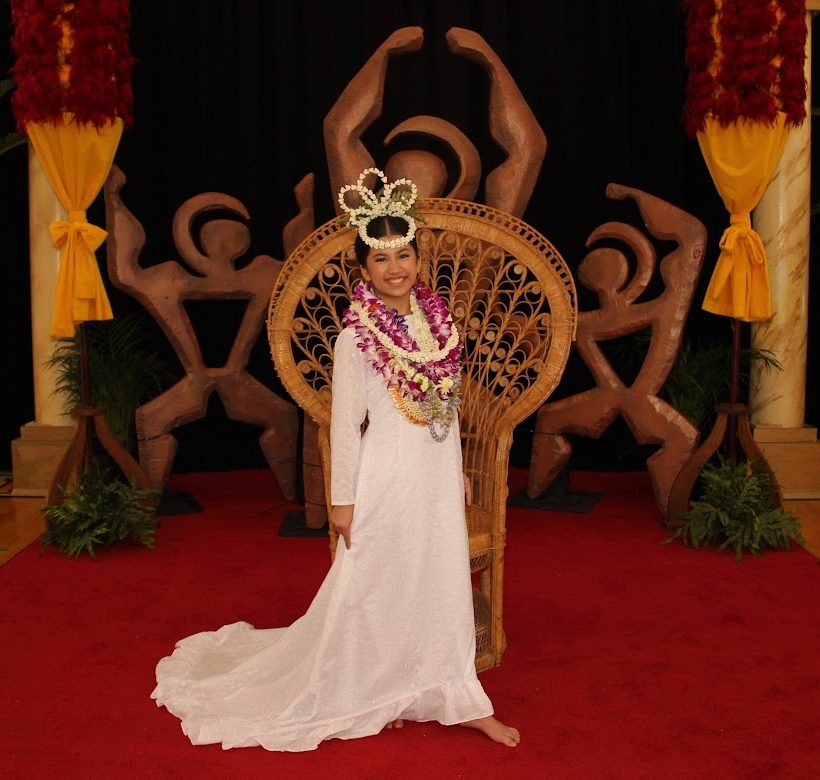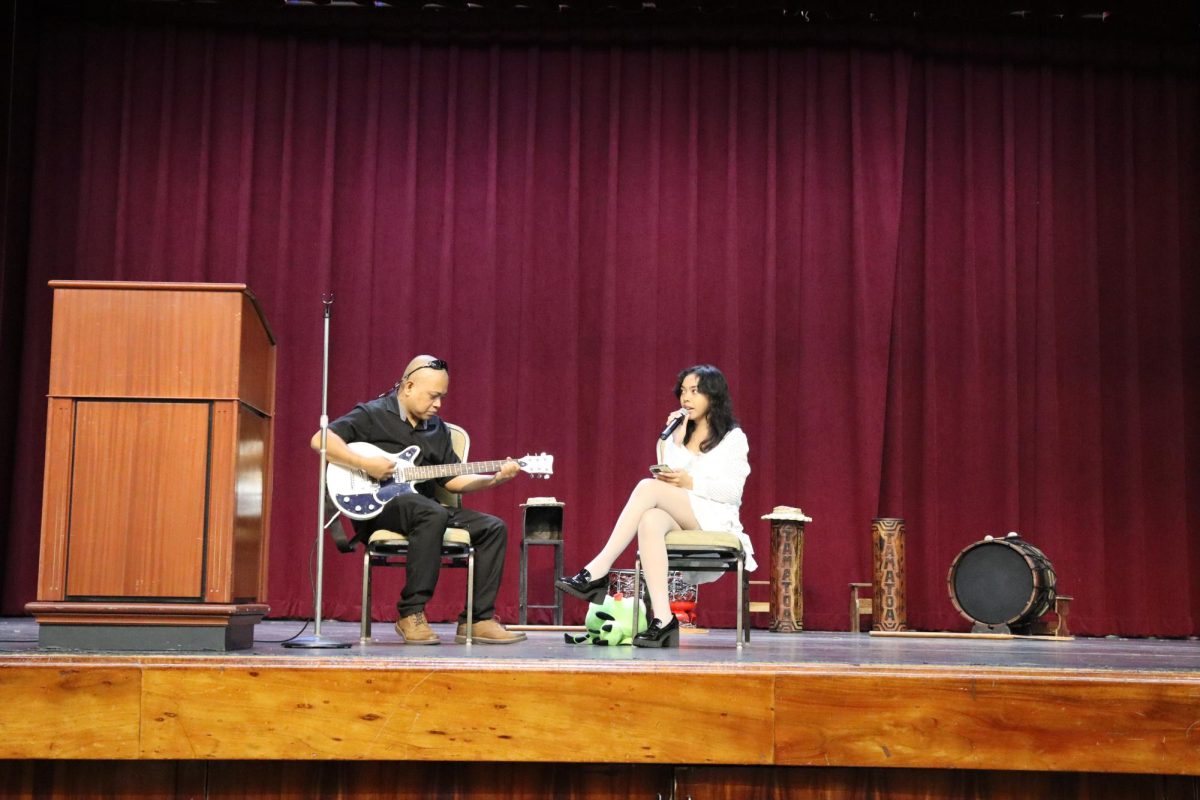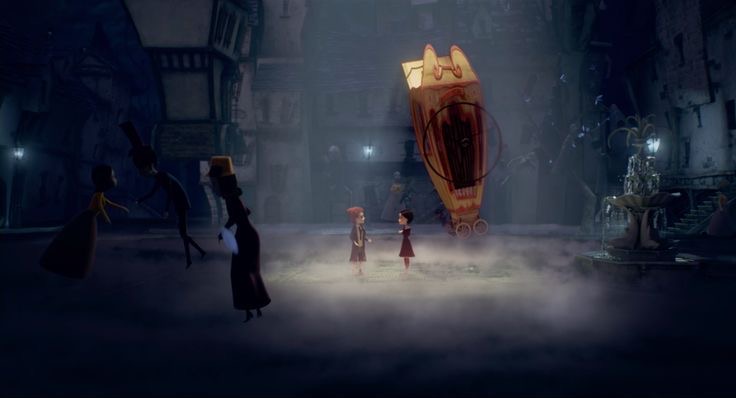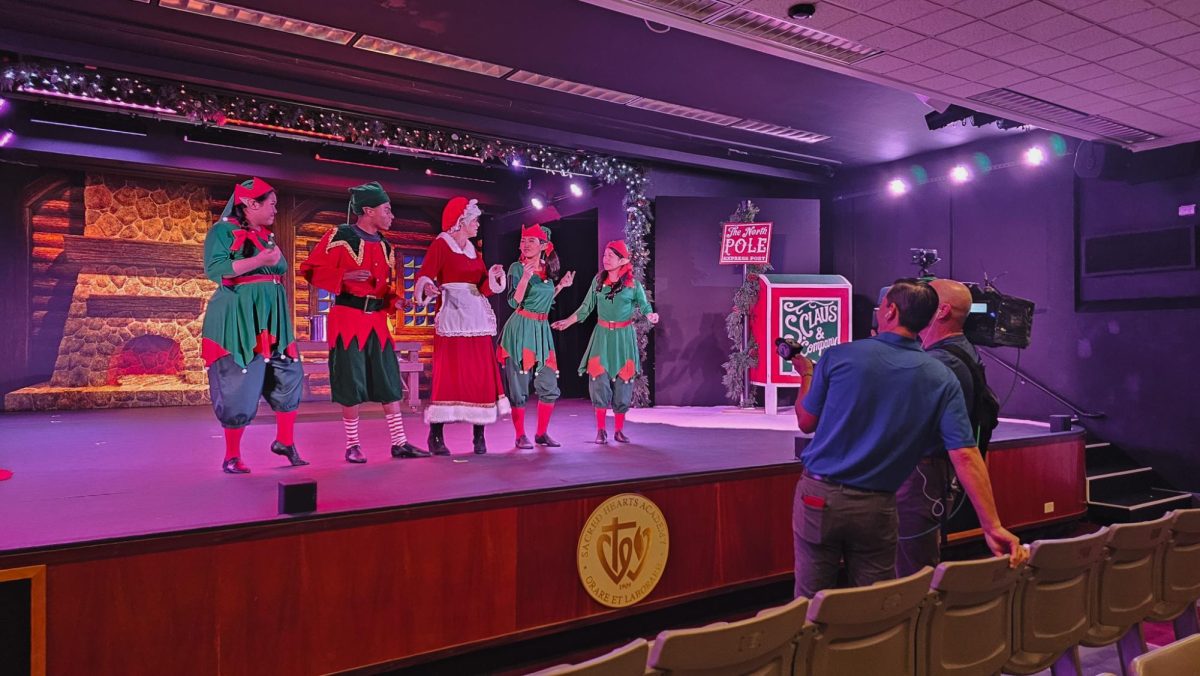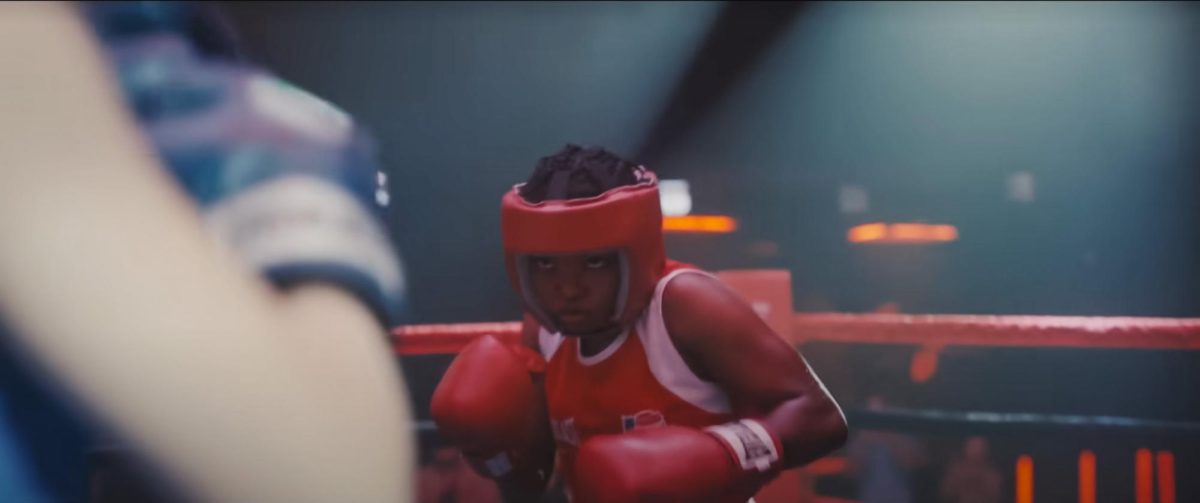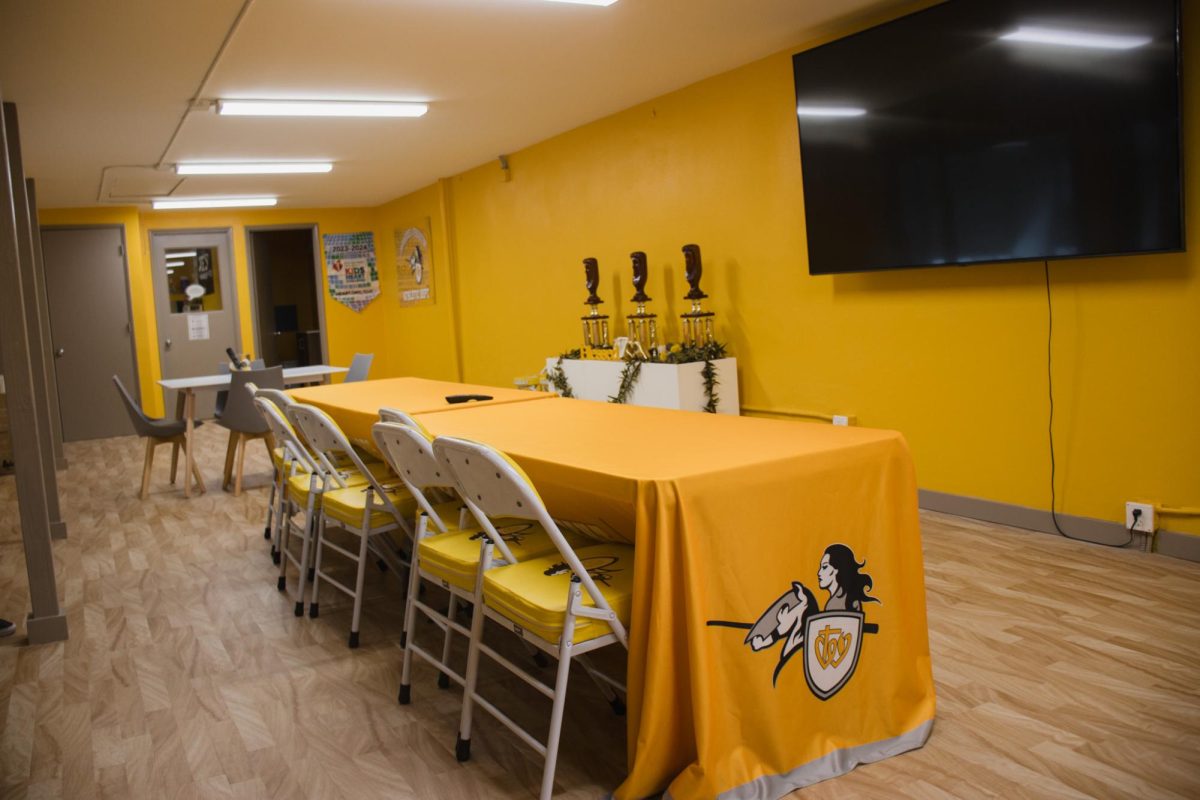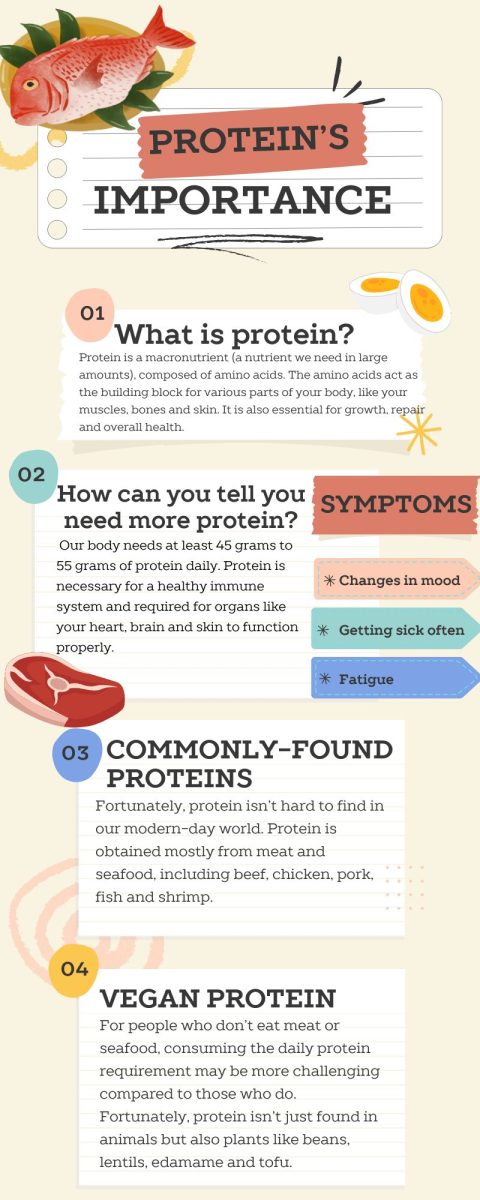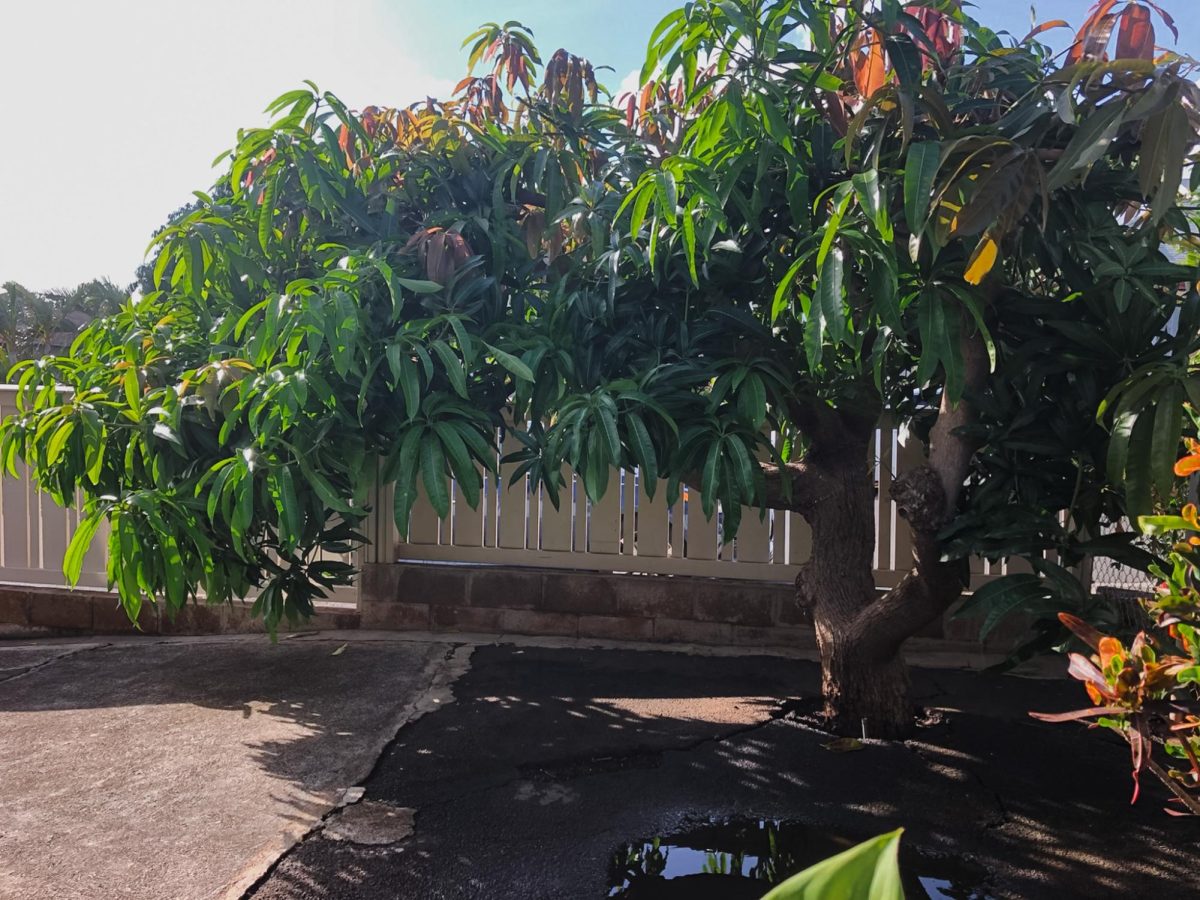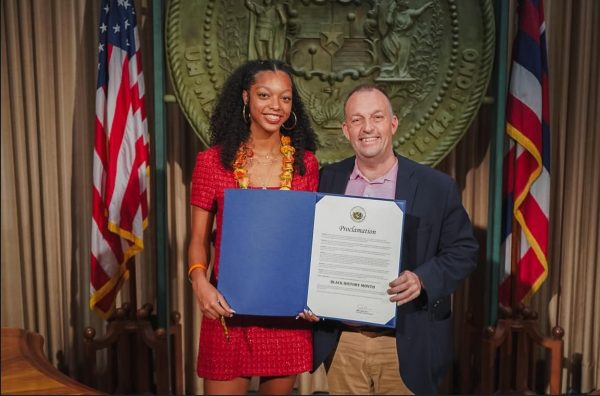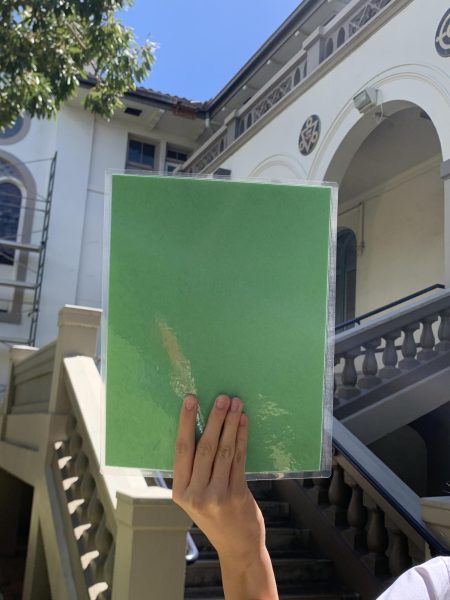Scientist chills at South Pole
Imagine living where the sun never sets for six months. Then, imagine going one mile below the Earth’s surface to study miniscule particles that can’t be seen by the naked eye. This was Dr. Naoko Kurahashi Nielson’s life in Antarctica.
Nationally renowned physicist and researcher, Nielson was selected to work over six months at the South Pole in the IceCube experiment with more than 300 scientists from 12 countries.
Nielson was the keynote speaker at the Academy’s Annual Science Symposium for girls in fifth through eighth grades which featured workshops to inform girls from all over the island to the possibilities of careers in science, technology, engineering and math (STEM) through hands-on activities.
Nielson, a California native and a physics major at the University of California, Berkeley, earned her PhD at Stanford University. She then spent four years doing postdoctoral work at the University of Wisconsin. She is an assistant professor today at Drexel University.
Despite her impressive resume, Nielson was not always optimistic about her studies in physics.
“I wasn’t the best at math and science in high school. I walked into my first college physics class and they started talking about vector calculus, which I had never even heard of before. Sometimes I thought I was in over my head by studying physics. I didn’t think I could do it,” she said. “I even thought of giving up physics.”
Still, Nielson struggled through her first two years of college trying to catch up to better prepared peers. After completing her bachelor’s degree, she went on to acquire her doctoral degree.
While at the University of Wisconsin where she conducted postdoctoral studies, Nielson joined the IceCube experiment, a neutrino particle observatory in Antarctica where scientists faced 10-minute showers, few fresh fruits and vegetables and a short 5-hour access to WiFi when possible.
Passionate about science as a young student, Nielson throws herself into community outreach and educating girls and minorities about STEM fields.
“When people think of a scientist, they automatically think of a man. There’s this image of what a scientist ‘looks’ like, and people are sometimes surprised when I tell them I’m a physicist. I was one of only a few girls in my graduating class at Berkeley and Stanford, and the field is still highly male-dominated. My goal to change this stereotype and see more girls in STEM,” said Nielson.
Through her own extraordinary experiences and tireless work in education, Nielson hopes to change the face and future of science, one girl at a time.
Photo credit: Drexel University
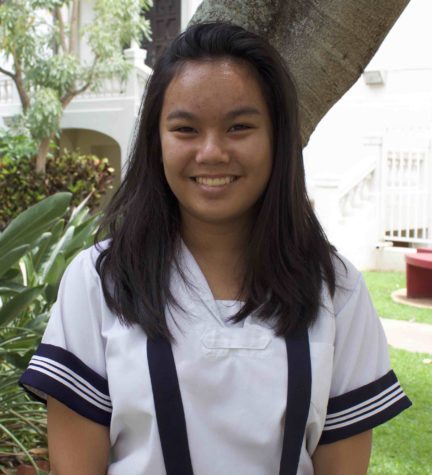
Celine Isabelle Arnobit is a third-year Ka Leo reporter and a junior at the Academy. In her free time, she enjoys painting, writing, swimming, hiking,...



